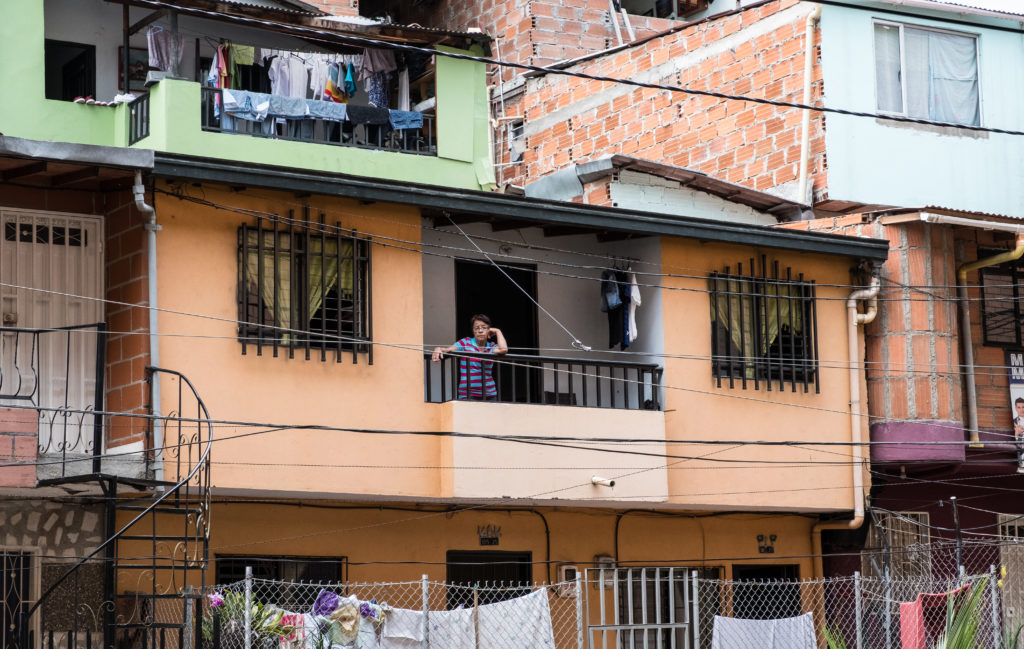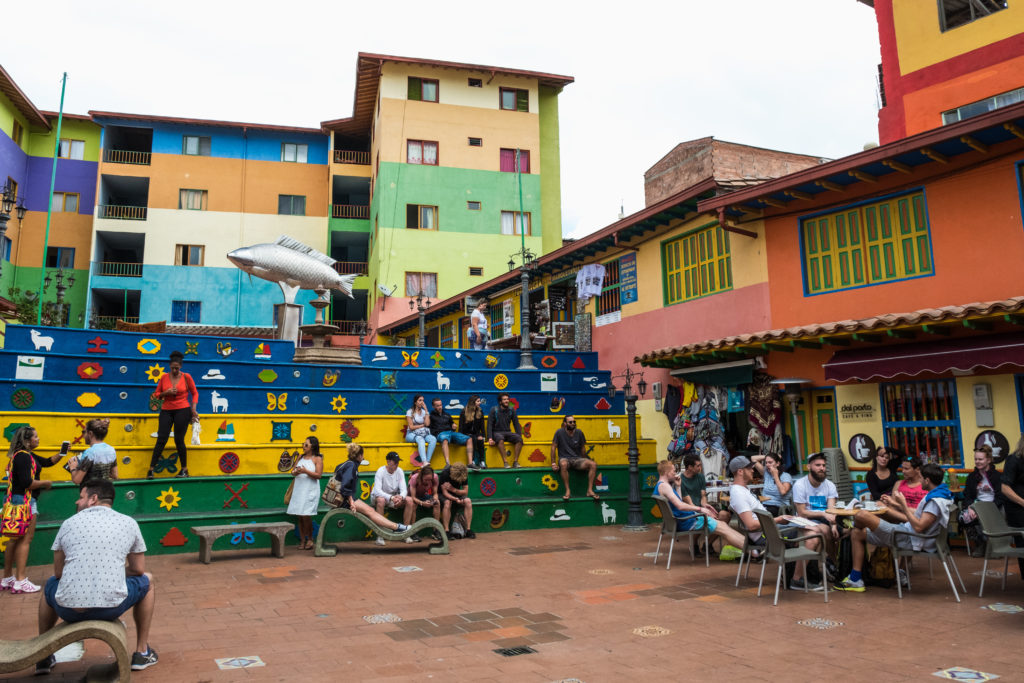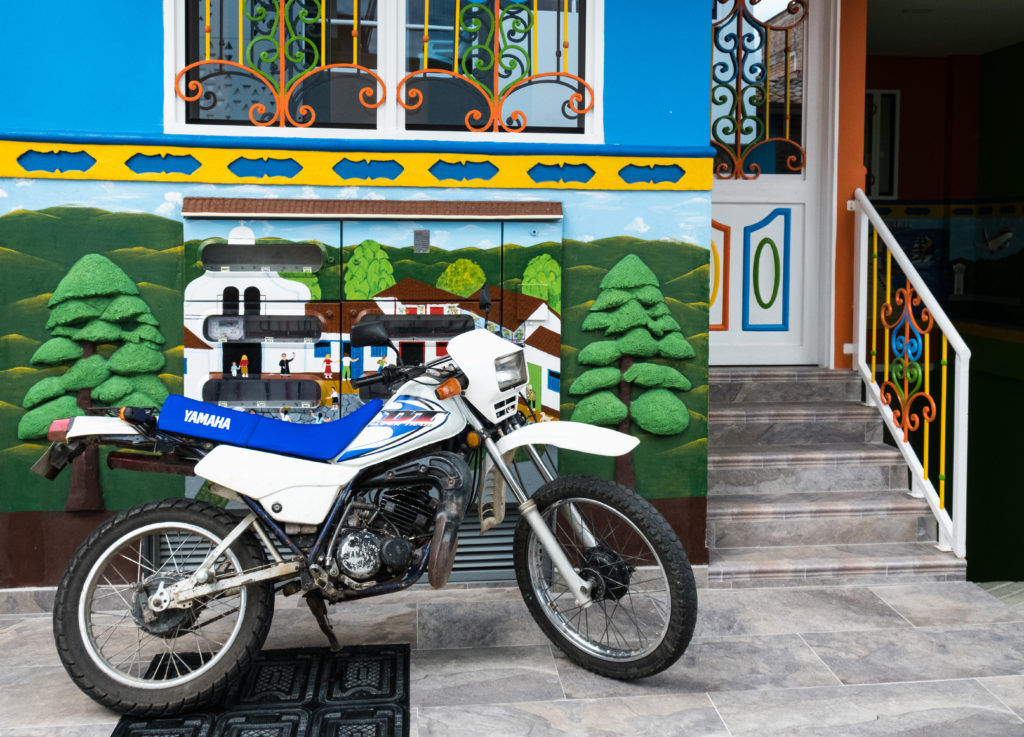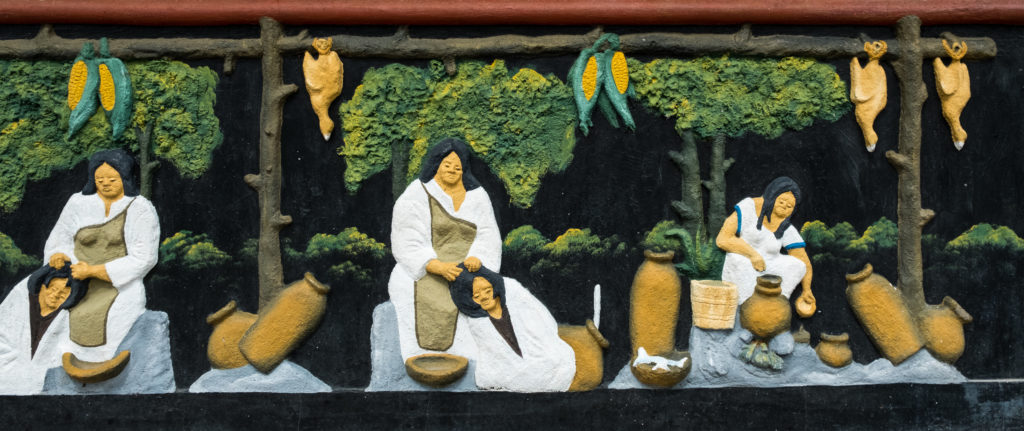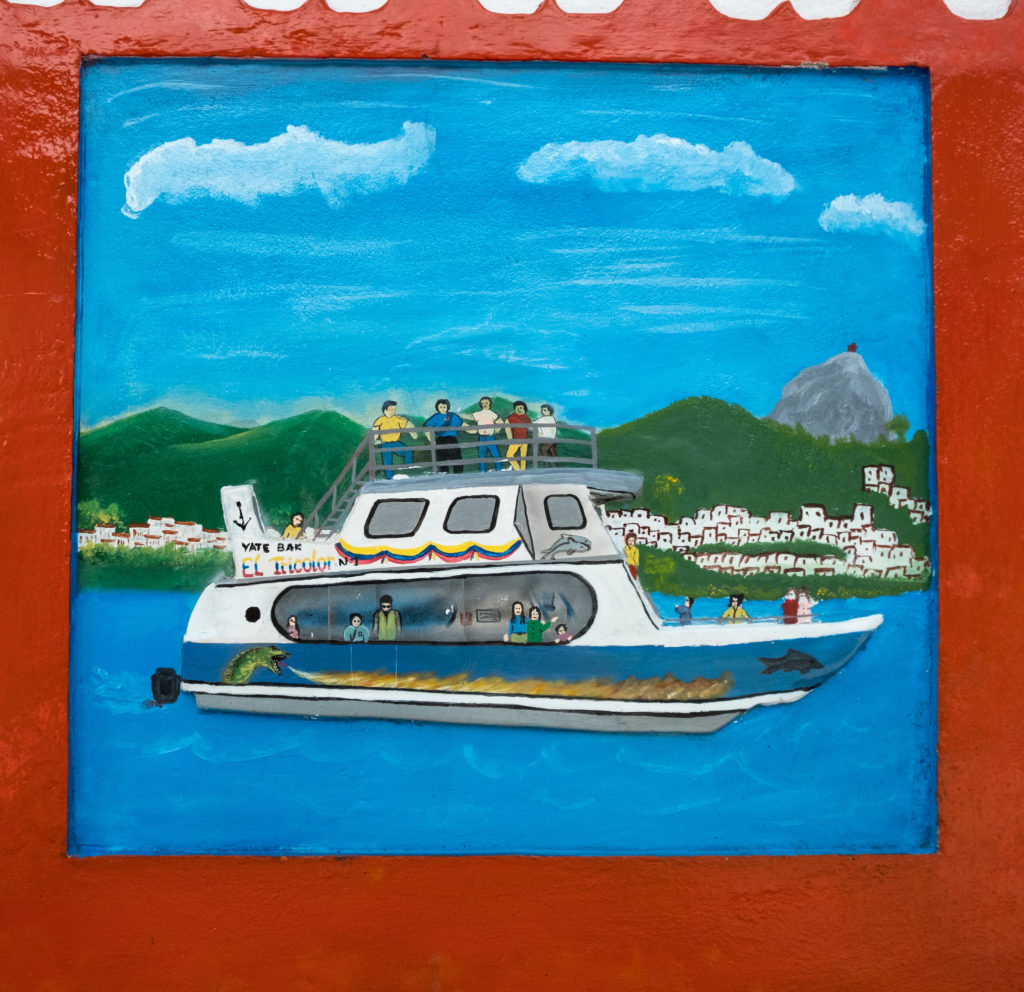
*Desto3 thanks guest poster, Lynne Shaw, for her travelogue content.
Mention Medellin, Colombia to any relatively initiated world traveler, or any movie fan and they will tell you that Medellin’s claim to fame comes from its fifty year history as the virtually exclusive source of the world’s cocaine. Coca leaves are easy to grow compared to food crops so it became the crop of choice for many Colombian farmers when the demand rose in response to the extravagantly creative ways that the drug cartels could export cocaine out of the country. The conflict and violence surrounding the drug trade and drug cartels dominated Columbian life for five decades.
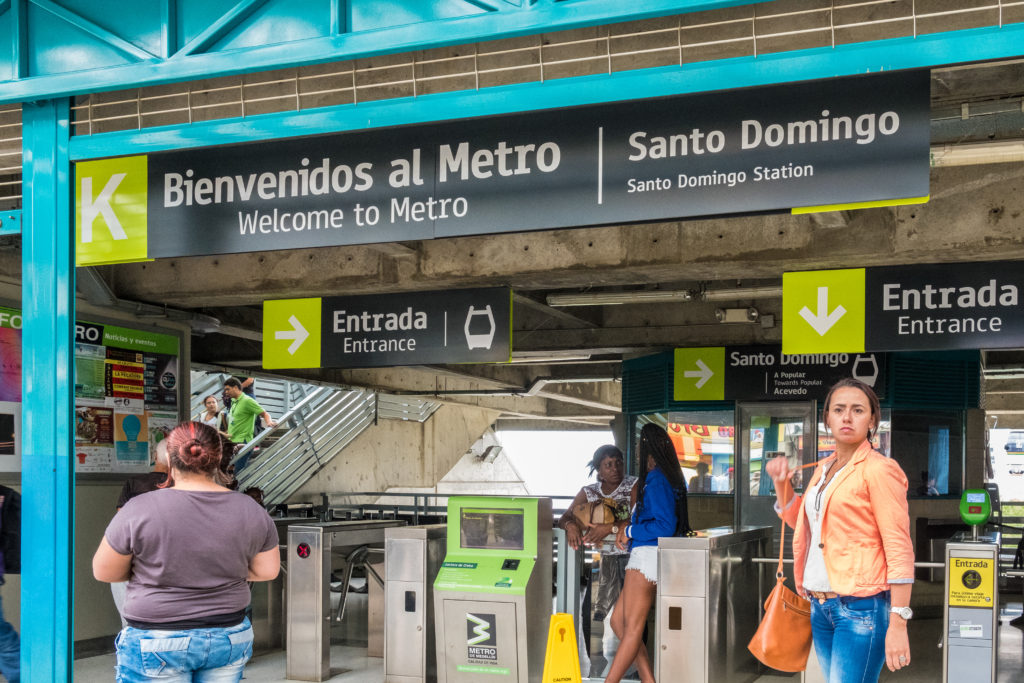
Pablo Escobar is probably one of the most notorious drug lords of the 1980’s. During his reign, car bombs and kidnapping were an everyday occurrence in Medellin. A familiar pattern emerged that saw territory in the region commandeered by both the para-military and the cartels. Many people were displaced. In fact, one-fifth of the entire population of Colombia experienced some level of displacement during the height of the drug trade.
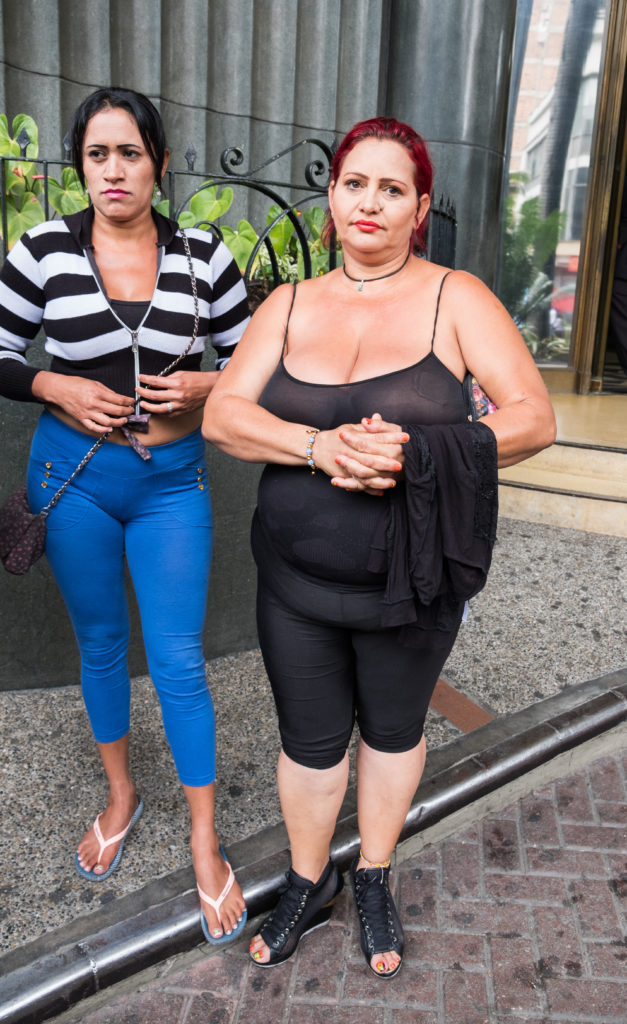
This just in: The FORMER cocaine capital of Medellin, Colombia has been rehabbed. The Wall Street Journal has declared it the third most innovative city in the world, next to NYC and Tel Aviv. Big T-Terrorism is now Big T-Tourism thanks to visionary social policies. Slums where police once feared to tread are now linked to innovative businesses and culture by cable cars, a metro train, and a series of escalators. The downtown is filled with skyscrapers, avant-garde architecture and art filled public parks. Big industries including banking, textile manufacturing and fashion have made Medellin home.
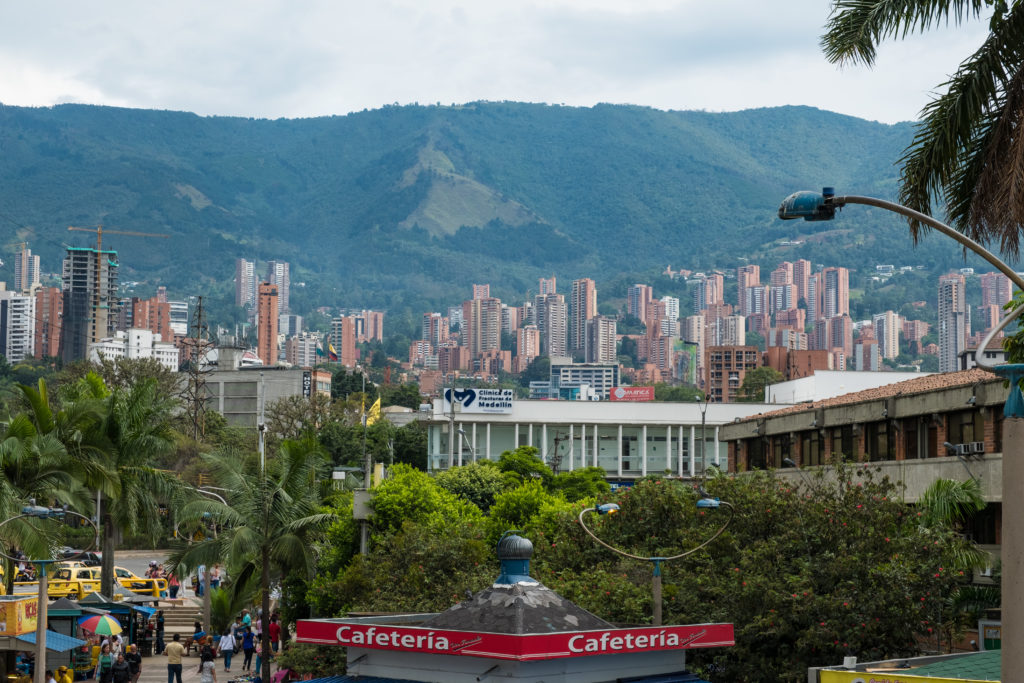 What made this all possible? A recent “60 Minutes” episode traces the story of the rehabilitation of Medellin to a massive government sponsored campaign in the hands of Madison Avenue PR professionals. The ad men targeted the guerrillas, para-military and drug cartel members, many of whom had been recruited as young as 8 years old. Often referred to as “cradle assassins”, these players in the drug trade drama continued to live in the outlying areas with virtually no experience with “normal” life outside the drug wars. Madison Avenue simply posted flyers in the jungle where they continued to live featuring photos of family members and entreaties to come home. They also hung banners offering blanket pardons, saying “all would be forgiven, just come home”. Another incentive dropped thousands of soccer balls. Little by little the combatants in the drug wars were lured back to their communities. The government also instituted massive educational efforts to educate the general population on the importance of forgiveness and inclusion.
What made this all possible? A recent “60 Minutes” episode traces the story of the rehabilitation of Medellin to a massive government sponsored campaign in the hands of Madison Avenue PR professionals. The ad men targeted the guerrillas, para-military and drug cartel members, many of whom had been recruited as young as 8 years old. Often referred to as “cradle assassins”, these players in the drug trade drama continued to live in the outlying areas with virtually no experience with “normal” life outside the drug wars. Madison Avenue simply posted flyers in the jungle where they continued to live featuring photos of family members and entreaties to come home. They also hung banners offering blanket pardons, saying “all would be forgiven, just come home”. Another incentive dropped thousands of soccer balls. Little by little the combatants in the drug wars were lured back to their communities. The government also instituted massive educational efforts to educate the general population on the importance of forgiveness and inclusion.
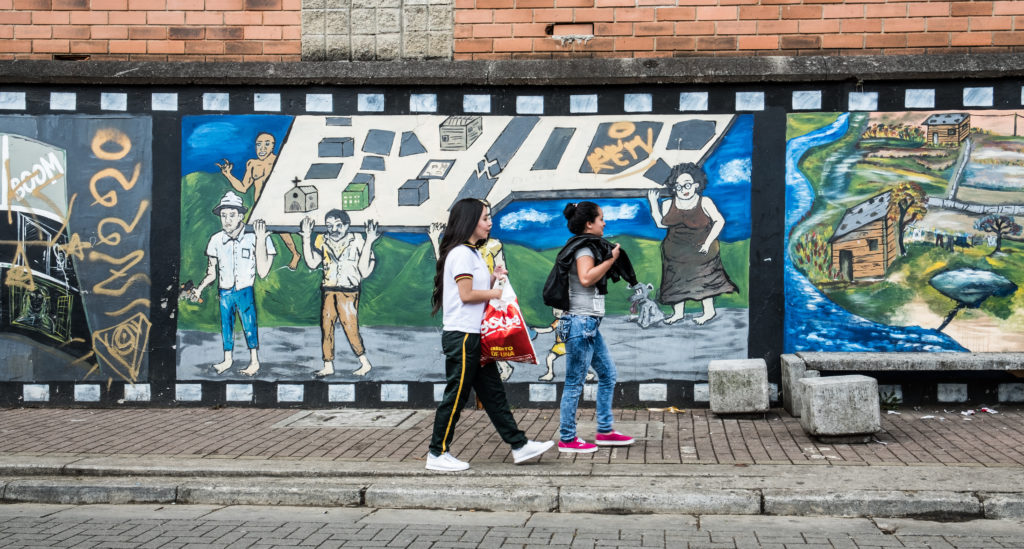 Now you can visit the “most dangerous commune, in the most dangerous city, in the most dangerous country in the world” by riding up a series of escalators. Today, this neighborhood is a popular tourist attraction. Stations at the top of each escalator provide narratives and contrasting photographs of what “it” was like in the past and what “it” looks like now. Where once it was completely dominated by para-military and guerrilla forces fighting it out, now it’s a peaceful place where art has helped to heal their troubled history. Beautiful murals painted onto the building walls tell the history of the community. Murals featuring the images of crying women, as well as symbols of love and elephants remind the people to never forget the past so it will not repeat.
Now you can visit the “most dangerous commune, in the most dangerous city, in the most dangerous country in the world” by riding up a series of escalators. Today, this neighborhood is a popular tourist attraction. Stations at the top of each escalator provide narratives and contrasting photographs of what “it” was like in the past and what “it” looks like now. Where once it was completely dominated by para-military and guerrilla forces fighting it out, now it’s a peaceful place where art has helped to heal their troubled history. Beautiful murals painted onto the building walls tell the history of the community. Murals featuring the images of crying women, as well as symbols of love and elephants remind the people to never forget the past so it will not repeat.
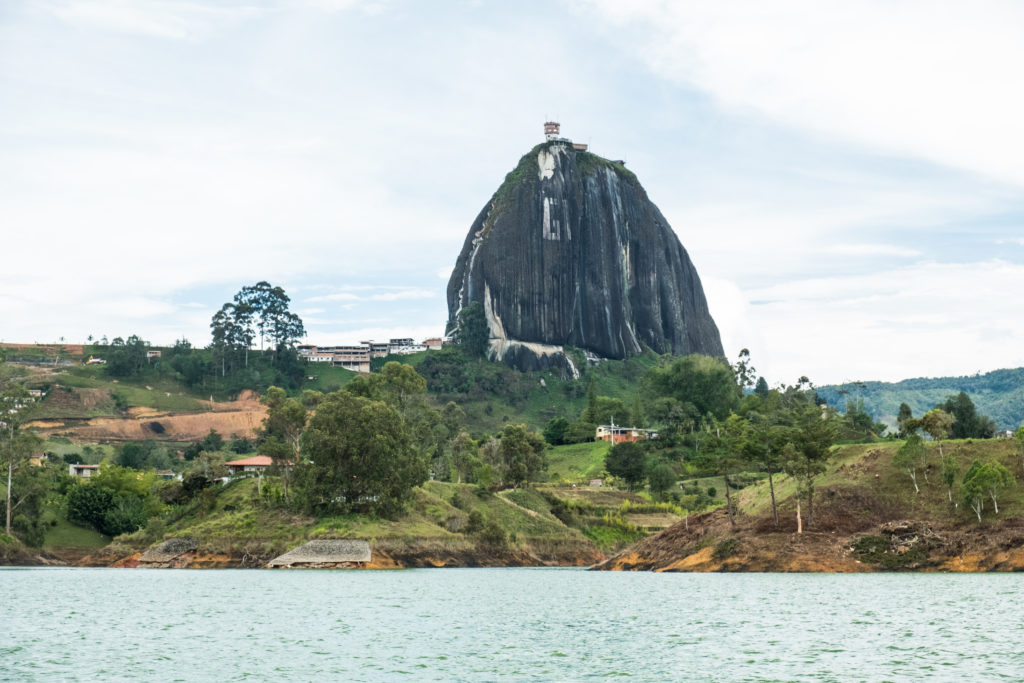
The countryside outside of Medellin is full of beautiful green hills with plentiful livestock and crops. The local population traditionally stop for “Onces” (from the word for 11), a time when all work stops and Colombians take a coffee break (kind of like the “fika” for Swedes). Continuing on past the verdant fields you come to a series of man made lakes formed by the damming of a river to provide a large area of rural Colombia with hydroelectric power. Boats tour one of the largest of the lakes in which islands have big gorgeous homes along the shore. Some of the mansions belonged to the most notorious drug lords. Our boat cruised slowly by the home once owned by Pablo Escobar, now a bombed out shell. The legend, given in a narrative similar to one you might hear on a bus tour of movie star homes, describes the destruction of Pablo’s mansion by a bomb planted under his daughter, Manuela’s, bed by a rival cartel. (The family was not in the house at the time of the bombing.) A gazebo where Pablo once smoked marijuana to relax from a hard day of drug trafficking was visible from the passing boat. (Pablo was not known to be a user of his own product, but locals say he did like his ganja.)
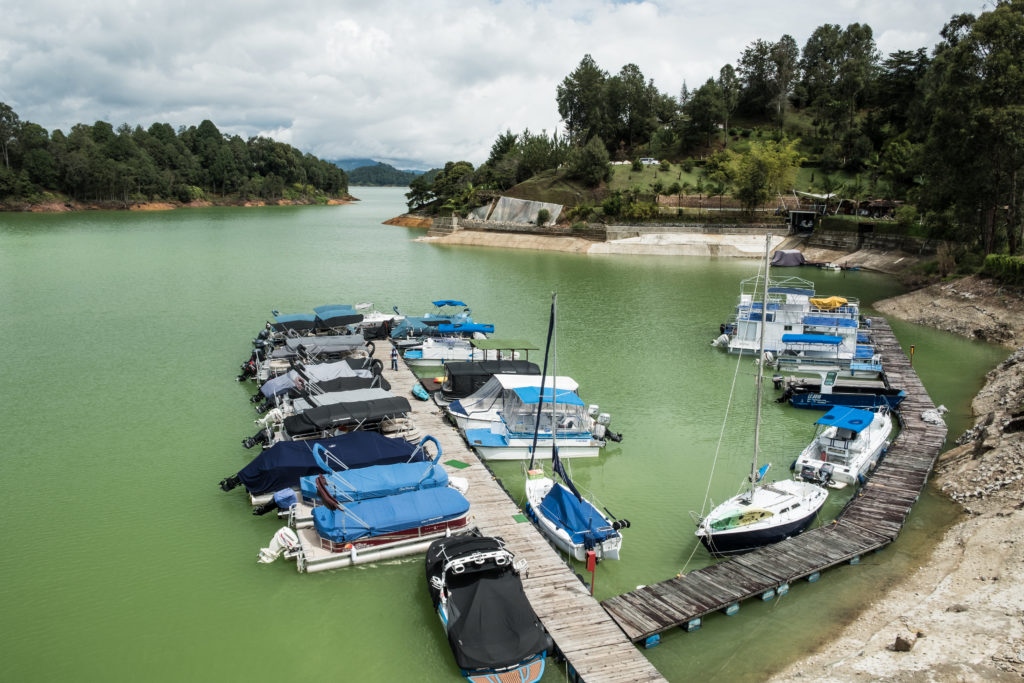
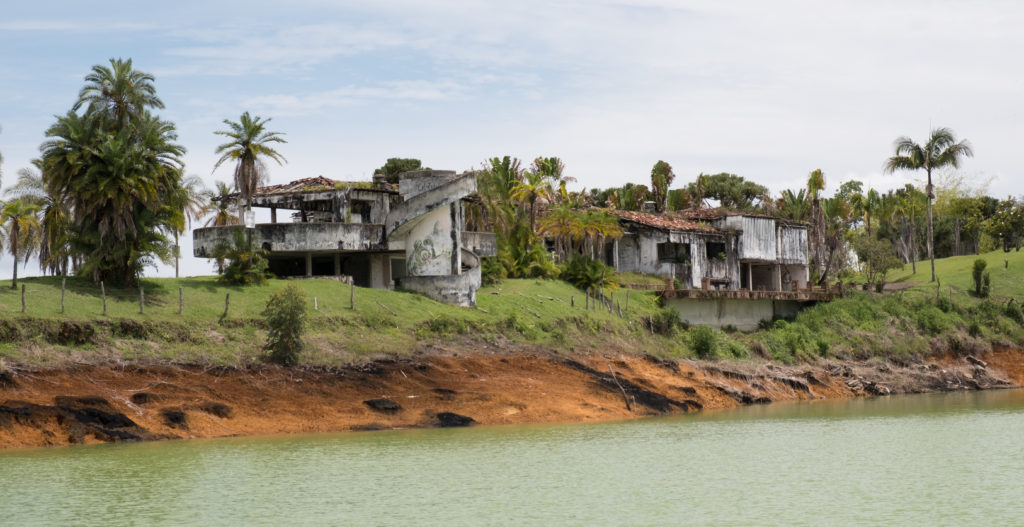
The colorful little town of Guatapé is located on the outskirts of Medellín situated on the reservoir created by the Colombian government for a hydro-electric dam, built in the late 1960s. This quaint town is the gathering place for “Las Vegas”, or the small farms of the area. It is also a growing area of recreation for citizens of Medellín, and aims to be a tourist destination for foreign travellers. New resorts, several restaurants, and rental homes along the lake are popping up for visitors. The unique tile work along the façade of the lower walls of each building in bright colors and dimensioned images are tied to the products sold by the shops, or the beliefs of the residents. Others are cultural images of the farming heritage of the community.
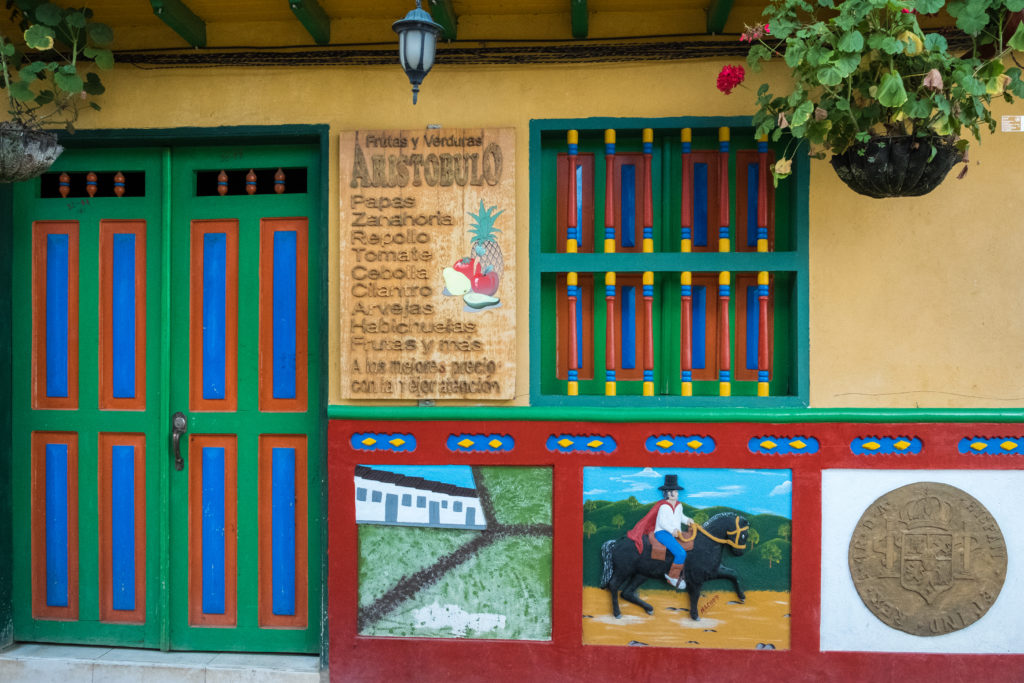
Medellin is currently the most liberal city in Colombia and as such, it is known to be very gay-friendly. It is also reported to be a major plastic surgery destination and home to the most body-enhanced women in the world – a result of “narco aesthetics”. They have a saying that claims, “There are no ugly women in Medellin, only cheap husbands.”
